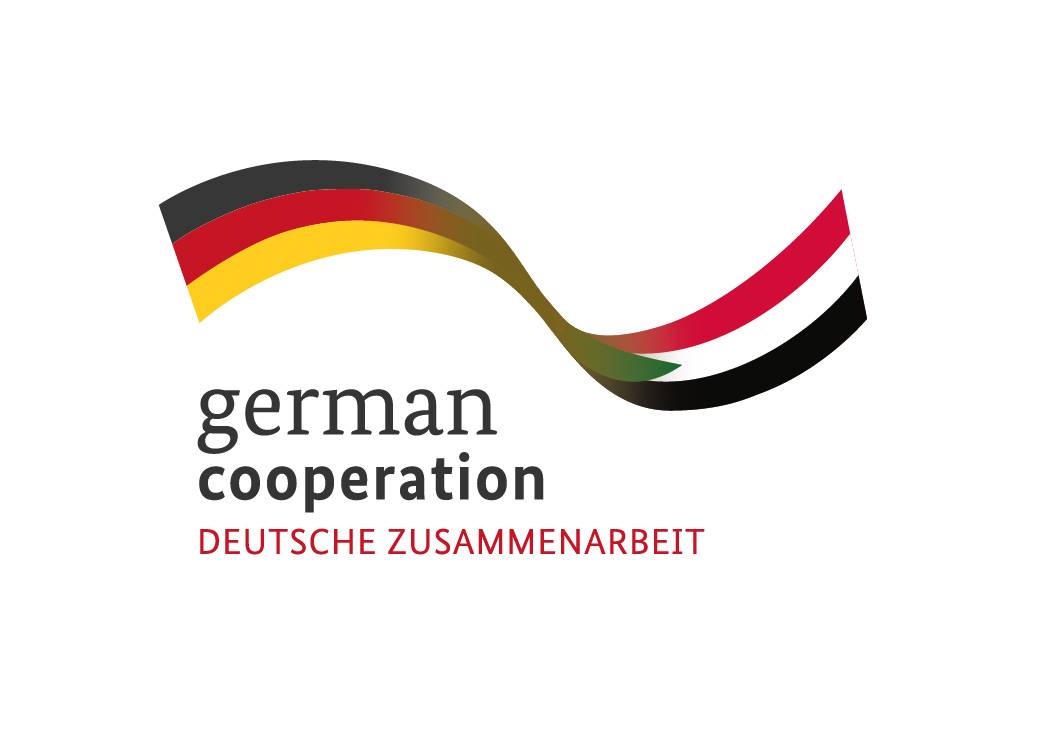
International criminal law (ICL) is a body of public international law which ascribes criminal responsibility to individuals. Public international law (PIL) governs the relationships, rights and responsibilities of states. Criminal law generally deals with prohibitions addressed to individuals, and penal sanctions for the violation of those prohibitions imposed by states. International criminal law comprises elements of both PIL and criminal law, in that its sources are those of international law while its consequences are penal sanctions imposed on individuals. For a detailed discussion on international criminal justice and the ICC, please see the information sheets entitled, “International Criminal Court”, “An introduction to International Crimes” and “The Global ‘System’ of International Criminal Justice”.
Sources of ICL
As a subset of international law, ICL’s sources are the same as those that comprise international law. The classical enumeration of those sources is in Article 38 (1) of the 1946 Statute of the International Court of Justice and comprises international conventions, customary international law, general principles of law, and as a subsidiary measure, judicial decisions and the most highly qualified legal writings. More concretely, the crimes which ICL covers are derived from international humanitarian law, international human rights law and elements of domestic criminal law.
International crimes

